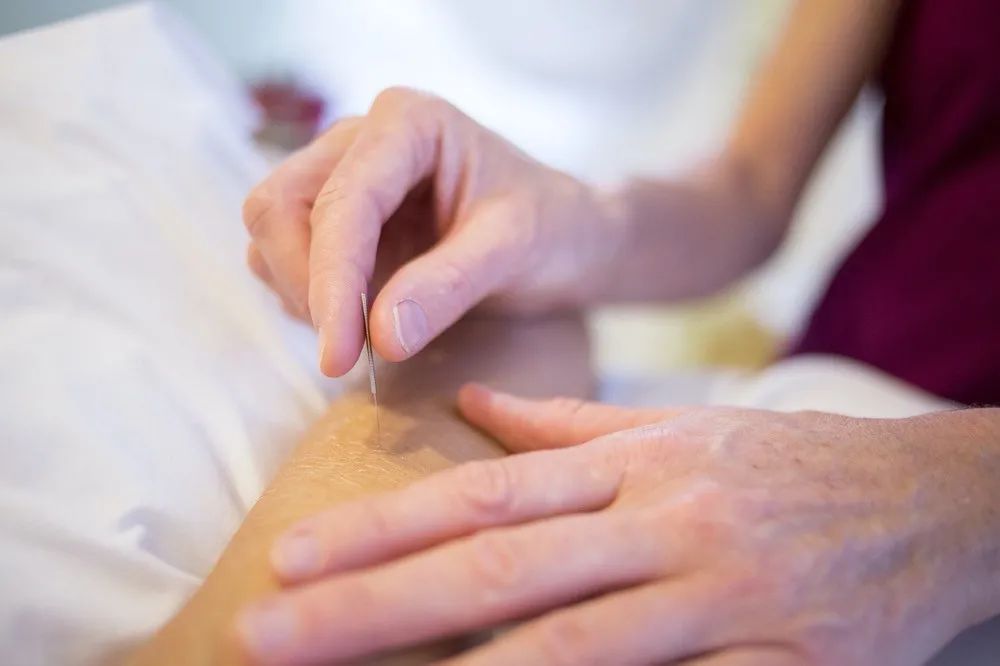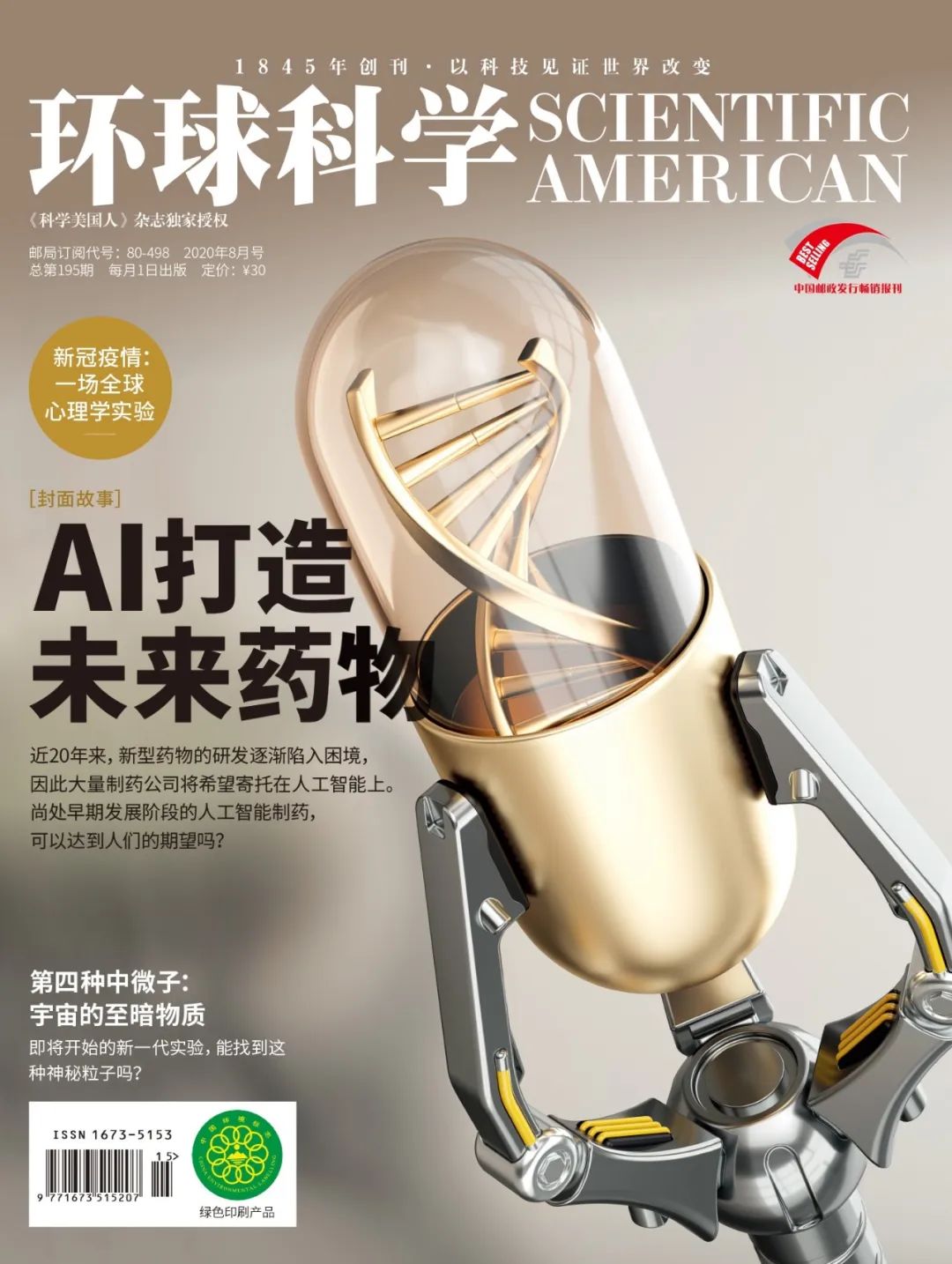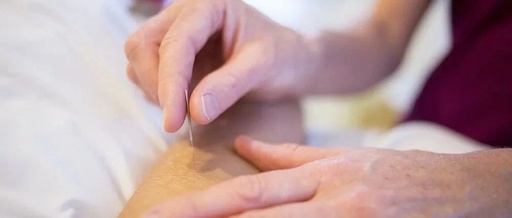
Image Source: Pixabay
The latest research from the team led by Ma Qiufu at Harvard Medical School, published in Neuron, shows that electroacupuncture can stimulate immune-related neural pathways, alleviating or exacerbating inflammatory responses in mice. The authors of the study point out that the results of this research present more possibilities for the future application of electroacupuncture therapy, but also indicate that improper operation may lead to serious consequences.
Source | Harvard Medical School
Translation | He Zicheng
Editor | Qi Yiyin
Recently, a research team led by neuroscientists at Harvard Medical School successfully used acupuncture to quell a cytokine storm in mice caused by systemic inflammation. This study, published on August 12 in Neuron, shows that acupuncture can initiate different signaling pathways in animals with bacterial-induced systemic inflammation to trigger pro-inflammatory or anti-inflammatory responses.
The team also identified three factors that influence the inflammatory response of acupuncture: the site of treatment, intensity, and timing. Applying different intensities of stimulation at different times on different parts of the body can have vastly different effects on inflammatory markers and mouse survival rates.
This series of experiments marks a key step in determining the neuroanatomical mechanisms behind acupuncture and provides a blueprint for various treatment methods to address inflammatory diseases.
Nevertheless, scientists have issued a warning: before applying their findings to any treatment process, further confirmation of the conclusions is needed using animal and human models, and careful determination of the optimal parameters for acupuncture stimulation therapy.
Revealing an Important Step in Understanding Acupuncture Mechanisms
In this study, acupuncture stimulation affects how animals respond to cytokine storms, which is the rapid release of a large number of pro-inflammatory cytokines. This phenomenon has gained widespread attention as one of the complications of severe COVID-19; however, this abnormal immune response can occur in any infection and has long been regarded by doctors as a hallmark of sepsis, an inflammatory response caused by infection that can damage internal organs and is often life-threatening. It is estimated that sepsis affects about 1.7 million people in the United States each year, with approximately 30 million worldwide.
Originating from traditional Chinese medicine, acupuncture has gradually integrated into Western medicine in recent years, especially in the treatment of chronic pain and gastrointestinal diseases. Acupuncture primarily involves mechanical stimulation of specific points on the body surface known as “acupoints.” It is said that this stimulation can trigger nerve signals and remotely affect the visceral functions corresponding to specific acupoints. However, the fundamental mechanisms underlying the acupuncture process and its effects have not yet been fully clarified.
The project leader of this new study, Ma Qiufu, a professor of neuroscience at the Blavatnik Institute at Harvard Medical School and a researcher at the Dana-Farber Cancer Institute, stated: “To understand acupuncture at the neuroanatomical level and incorporate it into the treatment toolbox for inflammatory diseases, including sepsis, researchers have been working tirelessly. The findings of this study mark an important step forward for us.”
The Connection Between Neurotransmitters and Immune Responses
As a neuroscientist dedicated to researching the basic mechanisms of pain, Ma Qiufu has had a great interest in the biological mechanisms of acupuncture for many years. Previously, a paper published in 2014 caught his attention, which stated that stimulating the vagal-adrenal axis could alleviate systemic inflammation symptoms in mice. The vagal-adrenal axis is a signaling pathway that transmits signals from the vagus nerve to the adrenal glands, stimulating the adrenal glands to release dopamine. Furthermore, a paper published in 2016 further piqued Ma Qiufu’s curiosity, showing that stimulating the vagus nerve could calm the activity of inflammatory molecules and alleviate symptoms of rheumatoid arthritis.
Traditional acupuncture techniques involve inserting extremely fine needles under the skin at various points on the body. In the recently published paper, researchers used electroacupuncture, a modern improvement of acupuncture, which replaces needles with very fine electrodes that penetrate the skin and insert into connective tissue. This method allows for more precise control of the intensity of stimulation.
Previous studies have revealed the role of neurotransmitters in regulating inflammation. Based on this, the team focused on two types of cells that secrete neurotransmitters: chromaffin cells in the adrenal glands and noradrenergic neurons in the peripheral nervous system that connect directly to the spleen through numerous nerve fibers. Chromaffin cells are the primary producers of dopamine in the body and the main producers of stress-related hormones such as epinephrine and norepinephrine; noradrenergic neurons can also release norepinephrine. The researchers also noted that, in addition to these well-established functions, dopamine, epinephrine, and norepinephrine also seem to play a role in inflammatory responses. Observations of this phenomenon have been recorded in previous studies, and the current research reaffirms this conclusion.
Timing is Crucial
The research team aimed to determine the exact role of nerve cells in the inflammatory response. To achieve this goal, they employed a novel genetic method to kill chromaffin cells or noradrenergic neurons. This allowed the researchers to compare the inflammatory responses of normal mice with those lacking these cells, determining whether and how they participate in regulating the inflammatory response. There were significant differences between the two groups of animals, suggesting the key role of these nerve cells as regulatory factors in the inflammatory response.
In one of the experiments, the researchers first used endotoxin to induce a cytokine storm in mice, then applied low-intensity electroacupuncture (0.5 mA) to specific points on the hind legs of the mice. The electroacupuncture stimulation activated the vagal-adrenal axis, causing chromaffin cells in the adrenal glands to release dopamine. The animals that received this therapy had lower levels of three major pro-inflammatory cytokines in their bodies and a higher survival rate compared to the control group mice: 60% of the animals treated with acupuncture survived successfully, while only 20% of the untreated animals survived. Interestingly, the researchers also found that the vagal-adrenal axis could only be stimulated through hind limb electroacupuncture and not through abdominal acupoint stimulation. This finding illustrates the specificity of different acupoints in stimulating different anti-inflammatory pathways.
In another experiment, the research team applied high-intensity electroacupuncture (3 mA) to both abdominal and hind limb acupoints of septic mice. This stimulation activated the norepinephrine fibers in the spleen. The researchers observed that the timing of acupuncture treatment is extremely important for its effectiveness, with different timing leading to vastly different outcomes for high-intensity stimulation at abdominal acupoints.
If acupuncture treatment is applied shortly before a cytokine storm occurs in the animals, these animals will experience a lower degree of subsequent inflammatory response and have a better prognosis. In fact, this preventive measure through high-intensity stimulation can increase the survival rate of animals from 20% to 80%. Conversely, if animals receive acupuncture treatment after the onset of the disease, at the peak of the cytokine storm, they will experience more severe inflammatory responses and symptoms.
These findings indicate that the same stimulation can produce completely different results depending on the treatment location, timing, and intensity.
Ma Qiufu stated: “These observations further illustrate that if acupuncture therapy is not performed correctly, it may lead to extremely serious negative outcomes, which I believe is not what people want.”
Regarding future research directions, Ma Qiufu believes that the results of this study provide possibilities for the use of electroacupuncture therapy in various treatment modalities, such as providing adjunctive treatment for sepsis patients in intensive care units and more targeted treatment for specific inflammatory responses (such as gastrointestinal inflammation).
Ma Qiufu also mentioned that another potential application of this achievement is to help regulate the inflammatory responses triggered by cancer immunotherapy; although this therapy can save patients’ lives, it can sometimes cause cytokine storms due to excessive stimulation of the immune system. Currently, acupuncture therapy has already been integrated as part of cancer comprehensive treatment to help patients cope with the side effects of chemotherapy and other treatment methods.
Paper Information:
Liu, S., Wang, Z., Su, Y., Ray, R., Jing, X., Wang, Y. and Ma, Q., 2020. Somatotopic Organization and Intensity Dependence in Driving Distinct NPY-Expressing Sympathetic Pathways by Electroacupuncture. Neuron,.
https://www.cell.com/neuron/fulltext/S0896-6273(20)30532-8
Source Link:
https://eurekalert.org/pub_releases/2020-08/hms-qts081020.php
This article is reproduced from the public account “Research Circle” (ID: keyanquan)


The August issue of Global Science is now on saleClick the imageorread the original textto purchase immediately Click [To See] to receive timely updates on our content
Click [To See] to receive timely updates on our content

